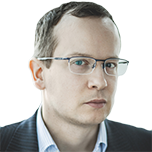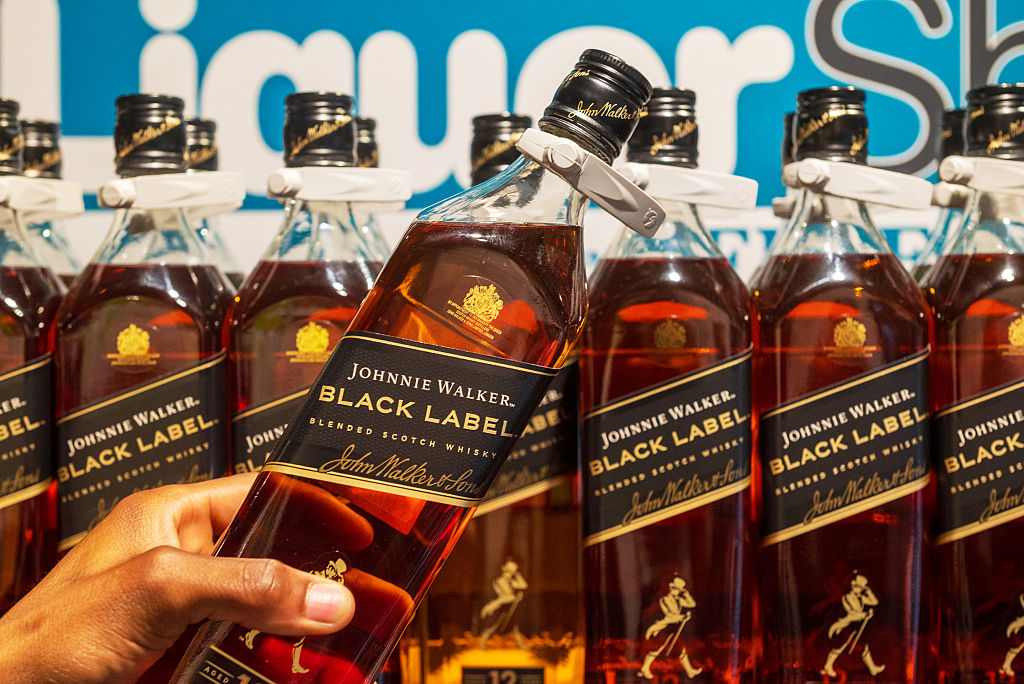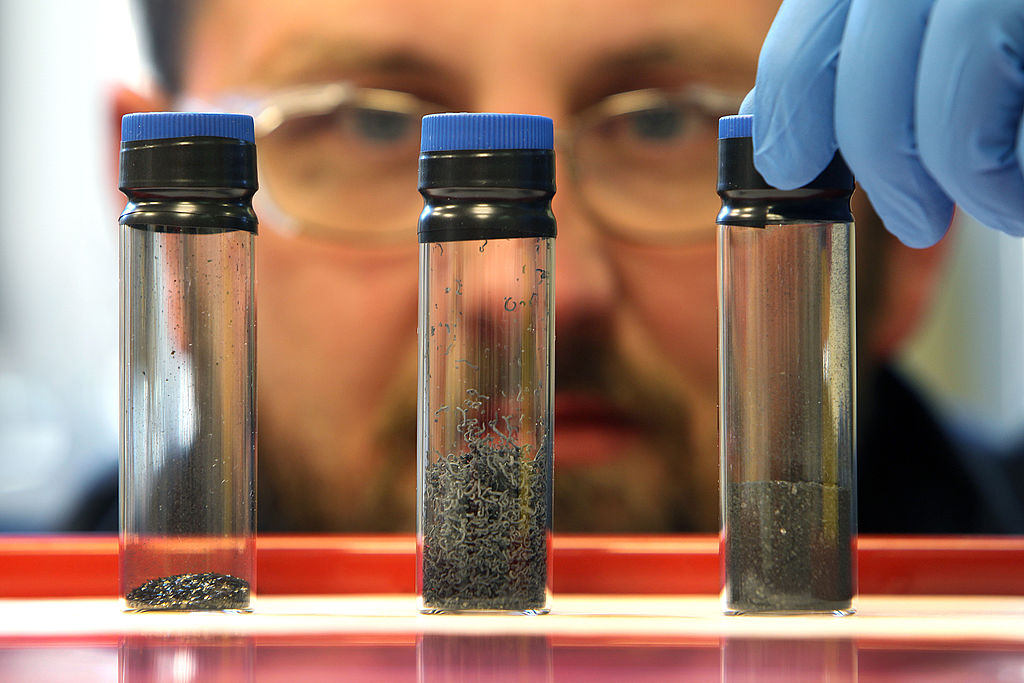Mega-cap tech stocks: a very crowded trade
It’s a dangerous time for markets when investors can no longer afford to go against the consensus


In a perfect world, investors are fairly rational people, making independent decisions about each investment. We all have biases and blind spots, but hopefully these cancel out to create a market that accurately reflects all available information. And much of the time, this theory seems to describe the reality fairly well. The fact that certain types of investment – such as smaller stocks or very cheap and out-of-favour companies – have tended to beat the market over time doesn’t invalidate it: you can see those returns as the reward for doing in-depth research or being willing to take uncomfortable risks.
Where this idea breaks down is when the cost of sticking to your convictions becomes too high. And increasingly we can see this at work in today’s market. Whether you think the fashionable mega-cap tech stocks are worth their high prices or not, it’s worth being aware that the potential cost of not holding them has become immense for many professional investors.
An extreme effect on performance
One way of showing this is the tracking error (see below) of these stocks against the rest of the market. By August, the top five firms in the S&P 500 – Alphabet, Amazon, Apple, Facebook and Microsoft – had a three-month tracking error of over 5% versus a portfolio of the other 495 stocks in the index, according to Andrew Lapthorne of Societe Generale. The average tracking error for the top five since 1990 has been 1% and was around 2% last year. The only time in 30 years that it has been higher than this level was at the peak of the dotcom bubble.
MoneyWeek
Subscribe to MoneyWeek today and get your first six magazine issues absolutely FREE

Sign up to Money Morning
Don't miss the latest investment and personal finances news, market analysis, plus money-saving tips with our free twice-daily newsletter
Don't miss the latest investment and personal finances news, market analysis, plus money-saving tips with our free twice-daily newsletter
This may sound technical but it has a simple implication. These stocks are behaving very differently to the rest of the market. If you don’t hold them and they keep going up, your returns will probably look dreadful by comparison. For individual investors, that doesn’t matter too much – you’re accountable only to yourself. But for a fund manager, the career risk in lagging the market for too long is huge. So as the tech boom continues, more and more managers feel obliged to join in.
If these funds were able to take profits and bail out before boom turned to bust, this could be a sensible move. But even though active funds often claim they are nimble enough to beat index funds in a crash, the reality is different. Only half of active stock funds beat their passive peers in the first six months of this year, according to Morningstar – just what you’d expect by chance.
Whether this week’s wobble marks the end of the tech boom remains to be seen. But investors should be alert to how much all their funds hold in tech – and whether exposure has been rising as the managers conclude they dare not miss out.
I wish I knew what tracking error was, but I’m too embarrassed to ask
Investors will often need to analyse how closely the returns from a fund or portfolio follow the returns of a benchmark index (such as the FTSE 100 or the S&P 500). Sometimes this will be because they want to make sure that an index fund (also known as a tracker fund) that is intended to track a specific index is matching that index as closely as possible. Alternatively, they may want to check that the manager of an actively managed fund is trying to run the fund in a way that can produce returns that are different from the benchmark, rather than following it too closely (known as index hugging or closet tracking).
Two of the useful statistics for this type of analysis have confusingly similar names. Tracking difference is the simpler one to understand. This refers to the difference between the return on the index and the return of the fund over a set period of time. So if an index rises 7% and the fund gains 6%, the tracking difference is -1%.
For an index fund, the tracking difference should be as small as possible. It will be negative, because the costs of running a fund mean that it can never quite match the return from the index. With an active fund, tracking difference is normally referred to as active return. You want this to be positive over the long term.If it’s not, you’d do better buying an index fund.
Tracking error measures the volatility of the difference between the fund and the index. Mathematically, it’s the annualised standard deviation of the differences in the daily return of the fund and the return of the index.
An index fund should have tracking error close to zero. Active funds may have low or high tracking error – this depends on the approach they follow and doesn’t by itself tell you if the manager is good. But the information ratio – the active return divided by the tracking error – is one way to assess how much value the manager has added relative to how much they deviated from the index.
Get the latest financial news, insights and expert analysis from our award-winning MoneyWeek team, to help you understand what really matters when it comes to your finances.
Cris Sholto Heaton is an investment analyst and writer who has been contributing to MoneyWeek since 2006 and was managing editor of the magazine between 2016 and 2018. He is especially interested in international investing, believing many investors still focus too much on their home markets and that it pays to take advantage of all the opportunities the world offers. He often writes about Asian equities, international income and global asset allocation.
Cris began his career in financial services consultancy at PwC and Lane Clark & Peacock, before an abrupt change of direction into oil, gas and energy at Petroleum Economist and Platts and subsequently into investment research and writing. In addition to his articles for MoneyWeek, he also works with a number of asset managers, consultancies and financial information providers.
He holds the Chartered Financial Analyst designation and the Investment Management Certificate, as well as degrees in finance and mathematics. He has also studied acting, film-making and photography, and strongly suspects that an awareness of what makes a compelling story is just as important for understanding markets as any amount of qualifications.
-
 Investors will reap long-term rewards from UK equities
Investors will reap long-term rewards from UK equitiesOpinion Nick Train, portfolio manager, Finsbury Growth & Income Trust, highlights three UK equities where he’d put his money
-
 The graphene revolution is progressing slowly but surely
The graphene revolution is progressing slowly but surelyEnthusiasts thought the discovery that graphene, a form of carbon, could be extracted from graphite would change the world. They might've been early, not wrong.
-
 'Investors will reap long-term rewards from being bullish on UK equities'
'Investors will reap long-term rewards from being bullish on UK equities'Opinion Nick Train, portfolio manager, Finsbury Growth & Income Trust, highlights three UK equities where he’d put his money
-
 The graphene revolution is progressing slowly but surely – how to invest
The graphene revolution is progressing slowly but surely – how to investEnthusiasts thought the discovery that graphene, a form of carbon, could be extracted from graphite would change the world. They might've been early, not wrong.
-
 A strong year for dividend hero Murray International – can it continue its winning streak?
A strong year for dividend hero Murray International – can it continue its winning streak?Murray International has been the best-performing global equity trust over the past 12 months, says Max King
-
 The shape of yields to come
The shape of yields to comeCentral banks are likely to buy up short-term bonds to keep debt costs down for governments
-
 The sad decline of investment clubs – and what comes next
The sad decline of investment clubs – and what comes nextOpinion Financial regulation and rising costs are killing off investment clubs that once used to be an enjoyable hobby, says David Prosser
-
 How to profit from the UK leisure sector in 2026
How to profit from the UK leisure sector in 2026The UK leisure sector had a straitened few years but now have cash in the bank and are ready to splurge. The sector is best placed to profit
-
 Who won the streaming wars?
Who won the streaming wars?The battle of the TV and film streaming giants for dominance looks to be entering a final phase. The likely winner may surprise you, says Simon Wilson
-
 'Investors should expect a good year for equities'
'Investors should expect a good year for equities'Opinion The economy is positive, and investors are still cautious, says Max King
